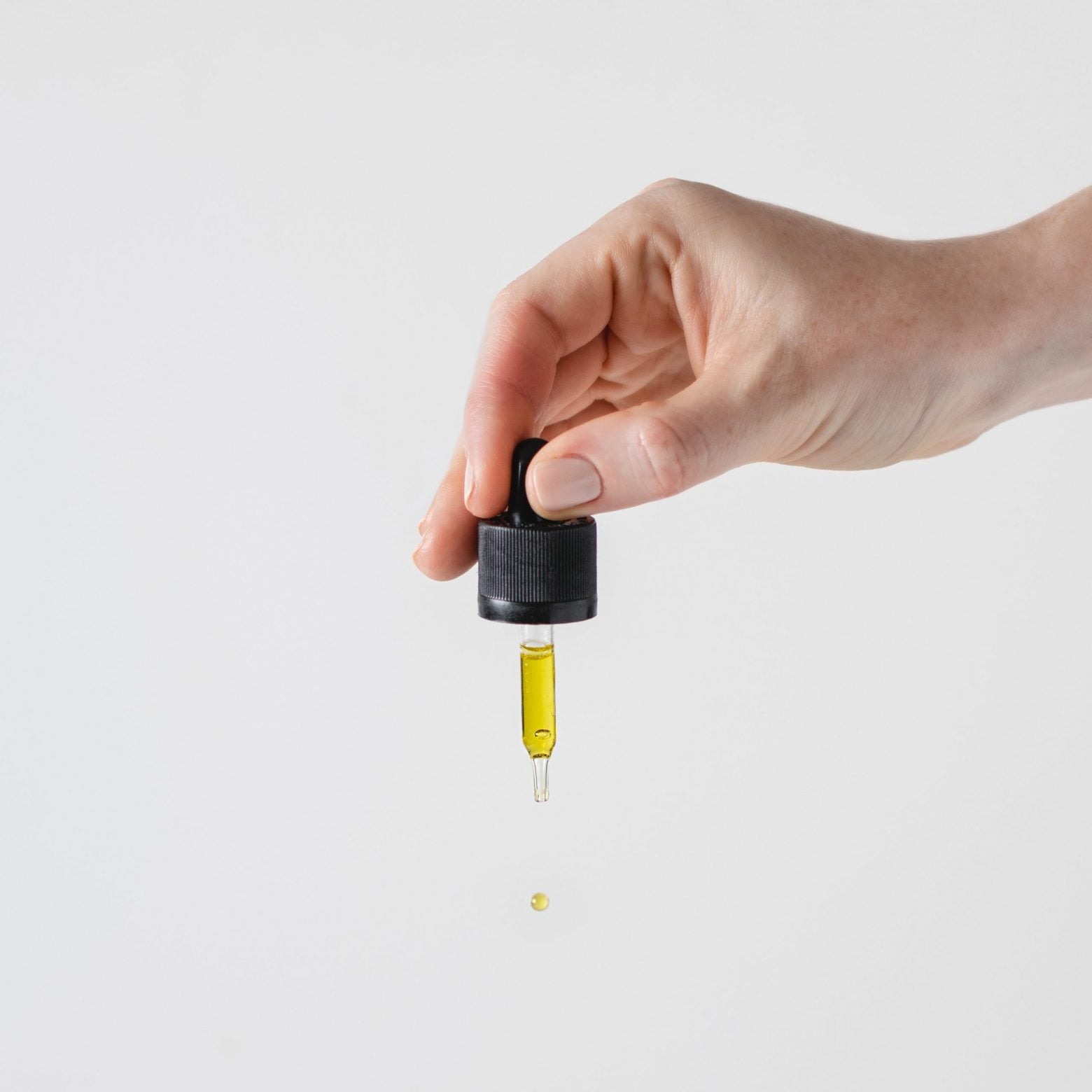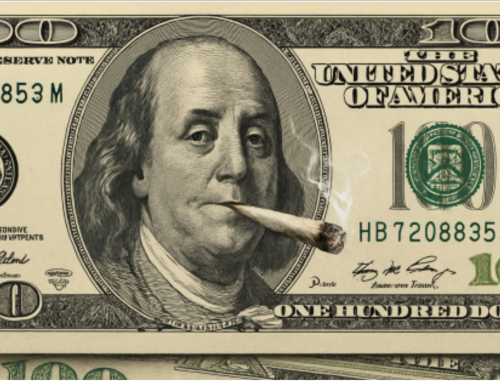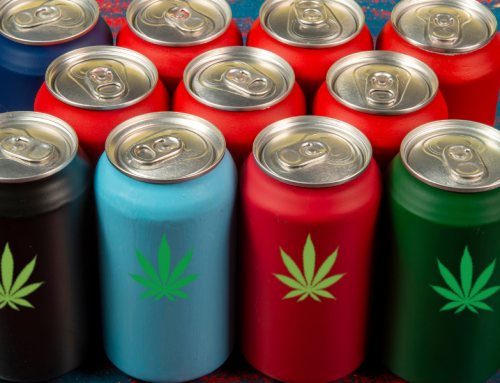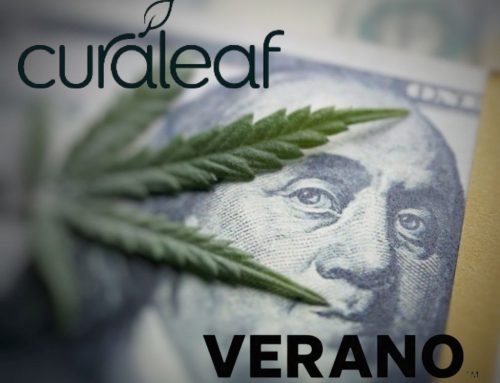History of CBD – How the Industry Came to Be
To understand something, you must understand where it came from. Every product within today’s consumer culture has a story, and the story of how cannabidiol ended up in medicine cabinets around the world is more interesting than most. In this guide, we’ll dive deep into the history of CBD and demonstrate the value of knowing about the origins of this cannabinoid firsthand.
10,000+ BC – Cannabis use is ancient
Nobody knows how long people have been using cannabis—that’s how old this plant’s relationship with humanity is. In The Botany of Desire, science writer Michael Pollan clearly articulates that cannabis has one of the longest histories with humanity of any plant on the face of the Earth, which makes the current status of cannabis prohibition all the more puzzling. Imagine if apples or potatoes, for instance, were ensnared in the same tangle of legal complications in which cannabis has languished for so long.
While ancient people occasionally used cannabis during rituals to achieve altered states of mind, they were more interested in this plant’s medical and textile applications. Even in its natural, wild form, cannabis has been used for thousands of years as an analgesic, and it has also been used to treat “sicknesses of the soul,” a term that primitive people commonly used to refer to psychiatric conditions.
These medical benefits alone, however, weren’t enough to carry Cannabis sativa through history as humanity’s right-hand man. No, it was this plant’s textile fibers that made it the most universally famous among the many cultures that have inhabited our planet’s surface throughout the course of the millennia.
Recognized almost immediately as an ideal source of fiber for rope, clothing, storage satchels, and all manner of other product types, hemp was primarily cultivated for the surprisingly tough, natural strings that develop between the inner corky pulp and the outer skin of the Cannabis sativa stem.
Without hemp, Europeans would never have obtained the sailcloth needed to cross the Atlantic ocean comfortably. Rope would have been in short supply, and the growth of human technological might would have been stunted. Despite playing such a crucial role in human history, cannabis has recently gotten the short end of the stick at almost every turn.
1800s – Sometimes things get complicated
The visionary poet Baudelaire popularized cannabis use in post-Napoleonic France, and cannabis was used elsewhere in Europe for medical and textile purposes. As with the majority of human history, cannabis continued to be cultivated mainly for its fibers throughout the Romantic period. Hemp cultivation in the United States, while not without its fits and starts, continued to take up a significant portion of the American agricultural economy.
For a time, cannabis oil was sold in pharmacies as a treatment for headaches, colds, rheumatism, and other conditions. Then, Western expansion drove the explosive growth of a previously-capped industry: lumber.
Tree barons of the Northwest and other heavily-forested areas started cashing in billions on an endless stream of logs that were being converted into paper and other tree products. While the lumber industry almost single-handedly shaped the economies of certain Western territories, it also put pressure on a rapidly swelling wound that had appeared within American culture.
1930s – Drug use and the cultural revolution
Throughout the boom and bust period of the 1920s and 1930s, jazz music and a carefree, rebellious counterculture led to a loosening of norms that troubled certain guardians of American culture. It was during this time that films like the infamous Reefer Madness were screened in theaters around the country, which portrayed cannabis as a highly intoxicating drug with no medical value that incited young people to violence.
Meanwhile, the lumber industry was staring daggers at American hemp. Lumber and hemp overlap in certain critical sectors, such as paper, and while nobody knows for sure, it’s highly likely that lumber barons put critical pressure on the U.S. government to strengthen poison laws and purposefully conflate hemp with marijuana.
Once the Federal Bureau of Narcotics (FBN) was established in 1930, cannabis came under even further scrutiny. Finally, the Marihuana Tax Act of 1937 put the matter to rest by essentially making it illegal to possess or move marijuana throughout the country.
In the intervening years, views on marijuana and cannabis became even more extreme, but the next major change in cannabis legislation came in 1970 with the passage of the Controlled Substances Act (CSA). This bill labeled cannabis as one of the most addictive and dangerous drugs in the world, and almost every type of Cannabis sativa in the United States has been treated as a Schedule I drug ever since.
1990s – The age of medical weed
After America’s punitive ruling on cannabis, most other countries followed suit. Many nations imposed even more restrictive laws on cannabis and hemp, and only a select few nations, such as the Netherlands, maintained a relaxed stance toward Cannabis sativa.
In the background, however, a select group of research institutions both at home and abroad continued studying cannabis for its medical purposes. Throughout the 1940s and 1950s, scientists discovered the cannabinoids, and among these cannabis-specific, terpene-like compounds, one cannabinoid stood out above all the others.
Named cannabidiol (CBD), this particular cannabinoid appeared to exert some of the coveted analgesic effects of THC without causing intoxication. While the world of politics and culture remained in turmoil surrounding the subject of marijuana, the torch of the potential medical benefits of cannabis was carried on within the scientific community. Once seen as the enemy of mainstream culture, cannabis would end up using science as a vehicle for its awe-inspiring comeback.
In 1996, California shocked the world by declaring that people with certain conditions, such as glaucoma or cancer, could obtain legal marijuana from state-sanctioned dispensaries. California’s bold move was in strict defiance of the federal government’s stance on marijuana, but this single change in cannabis law triggered a trend that spread across the country. Today, the overwhelming majority of U.S. states have medical marijuana programs, and more than one-fifth of state governments have outright legalized recreational cannabis.
The cannabis boom has brought with it a renewed interest in the textile potential of hemp, and it’s also expanded into previously unexplored attributes of the Cannabis sativa plant. Until a few decades ago, it hadn’t been possible to isolate or study cannabinoids, but with modern technology, cannabis has spread out its secrets for all to see.
2000s – Cannabis doesn’t have to be intoxicating
Word of CBD spread slowly but spread it did through the cannabis grower and breeder community across the United States. Previously, illicit or medical cannabis growers had been breeding their strains to be as THC-rich as possible, but suddenly, certain breeders took a different turn and started focusing on CBD instead.
A trend that started within certain obscure corners of the California cannabis co-op community rapidly spread throughout the rest of the Northwest, and by the time states like Washington were starting to consider recreational cannabis legalization, CBD was becoming a household name among die-hard legal or illegal cannabis enthusiasts.
While most of this activity was limited to the cannabis community, CBD and the other cannabinoids also started getting the attention of major pharmaceutical concerns. Outdated drugs like Marinol were replaced with new THC isolates like Sativex, and it wasn’t long until G.W. Pharmaceuticals, a big pharma giant that had long shown a keen interest in cannabis, marketed a prescription-only CBD isolate drug called Epidiolex.
2010s – A fledgling industry takes to the internet
Americans and CBD have had their differences, but it wasn’t long until word of cannabidiol’s miraculous effects started flooding the modern grapevine—the internet. An increasing number of states were adopting medical cannabis programs, which was leading to significant difficulties in prosecuting marijuana possession cases, and some entrepreneurs started getting the idea that nationwide CBD commerce might rapidly become a reality.
At the same time, however, hardly anyone knew the difference between CBD and THC in 2010, and there were no signs that the federal government had any intention of relaxing its stance on CBD and other cannabinoids. Then, in 2014, the U.S. Congress unexpectedly included a clause regarding hemp agriculture in its annual Farm Bill. Instead of saying that all cannabis agriculture in the United States was still illegal, Section 7606 of the 2014 Farm Bill instead gave the green light to certain research institutions that wanted to grow CBD-rich cannabis.
While the 2014 Farm Bill wasn’t designed to validify the fledgling CBD industry, the wording of this bill created a legal loophole that technically made cannabis with less than 0.3% THC legally different from marijuana. All at once, CBD companies that had once lurked in the shadows burst into the mainstream, and CBD products were suddenly available on every corner of the internet.
Purveyors of CBD wares assured their customers that their products were 100%-legal in all 50 states and that studies had proved CBD could cure cancer. Obviously, a big problem was brewing for federal regulatory agencies, but cracking down on the CBD industry quickly proved itself to be harder than it looked. The industry was almost entirely internet-based, and there was no regulatory framework in place for dealing with a substance as suddenly-ubiquitous as cannabidiol.
2018 – The international CBD industry is born
Whether you’ve performed desperate searches for “does CBD oil show up on a drug test UK” at 2 AM or you ran across a guy vaping CBD in Abu Dhabi, you know that CBD is now an international thing. Ever since the postwar period, American influence has served as the origin point of all the most important cultural shifts. What Americans want, the rest of the world wants too, and what Americans have, the rest of the world envies. Of course, it’s the same way with CBD and cannabis.
If you try looking for the best CBD oil on Amazon, you might be disappointed. Most e-commerce sites still have strict restrictions on products with CBD oil, and the only way to get your products on Amazon when you’re a CBD producer is to label your products as “full-spectrum hemp oil” or another euphemism that doesn’t include those three little letters: “CBD.” However, CBD is something to celebrate these days. After all, 2018 was the year that we finally liberated CBD from its long-time association with an illegal drug.
By the beginning of 2018, it was clear that the 2014 Farm Bill had birthed a monster that nobody knew how to deal with. Rumors started circling that CBD would be removed from the CSA, and in December, we received our confirmation when President Trump signed the Agriculture Improvement Act of 2018 into law.
This new piece of legislation officially separates CBD from marijuana. While we couldn’t say that CBD is outright “legal” yet, it’s no longer a Schedule I drug, which means that it’s much more viable for possession and sale throughout the United States.
While the 2018 Farm Bill fixed a lot of the problems facing the American CBD market, it furthered other problems that have been brewing under the surface for some time. For instance, CBD flower is essentially legal in many states, which means that CBD consumers have a good defense in court if they’re wrongfully arrested for marijuana possession. The thing is, however, that everyone else has a good defense in court now too.
People who are caught with legitimate high-THC marijuana are now claiming that their cannabis flower is just honest-to-goodness CBD. Even though CBD flower effects are very different than those caused by THC flower, very few law enforcement labs can test the difference between these cannabinoids, which is making the prosecution of marijuana possession cases all-but-impossible and providing another reason for federal cannabis reform.
2020 – CBD is a household name
Can you take CBD oil on a plane? In 2020, nothing’s off the table. In reaction to the 2018 Farm Bill, the TSA recently stated that taking some amount of CBD oil on the plane is okay. We can’t provide legal advice, so we aren’t able to tell you definitively that you won’t be arrested if you give it a try. However, even a public defender will do if a stray TSA agent thinks you’re smuggling weed; it’s the law now that CBD is not the same thing as Schedule I marijuana.
From CBD bath bombs to CBD jelly beans, unique, cannabidiol-infused product formulations are flooding the market in droves. CBD pricing is going down, CBD stocks are going up, and people are looking into everything from the side effects of smoking CBD flower to the best ways to use water-based CBD topicals. CBD is a household name these days; while not everyone knows exactly what it is, everyone at least knows that it exists.
It’s hard not to know about the existence of something that’s in your face everywhere you go. From drug store chains to grocery stores, major retailers have read the wind and determined that CBD is going up instead of down, and despite some bumps along the way, cannabidiol is unmistakably in the process of being ushered into the mainstream of American commerce and culture.
CBD’s Future – Our Take
Cannabis is the future. Already, the world is demanding access to safe, high-quality cannabis products that fill various niches within society. Some people want cannabis products that make them feel luxurious and pampered, and others desperately need cannabis and its cannabinoids for medical conditions. There’s a huge spectrum between these two extremes, and there are as many potential reasons to use CBD as there are CBD users.
While it’s clear that Cannabis Sativa’s star is on the rise, there’s no clear indication regarding what, exactly, will happen in the intervening years between now and the total federal and state legalization and regulation of cannabis and CBD. Will CBD be regulated as an OTC drug and sold widely throughout the country? Instead, will the FDA impose strict restrictions on the CBD industry that put most companies out of existence? Both or neither of these scenarios could come to pass—all we can do is ride it out and remember that the world’s growing demand for cannabis will push history in the right direction over time.
Between now and then, we need to learn more about cannabis and CBD, and we need to determine specific safety parameters, dosage guidelines, and engage in all the other bureaucratic hallmarks of an advanced society. The more we learn and the more mainstream CBD becomes, the more we’ll be able to say about this cannabinoid.



































